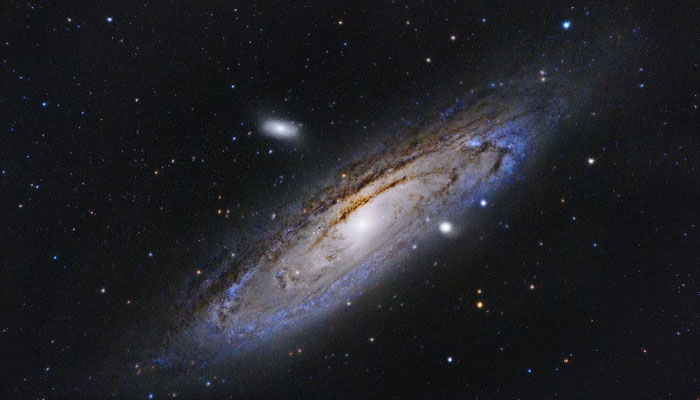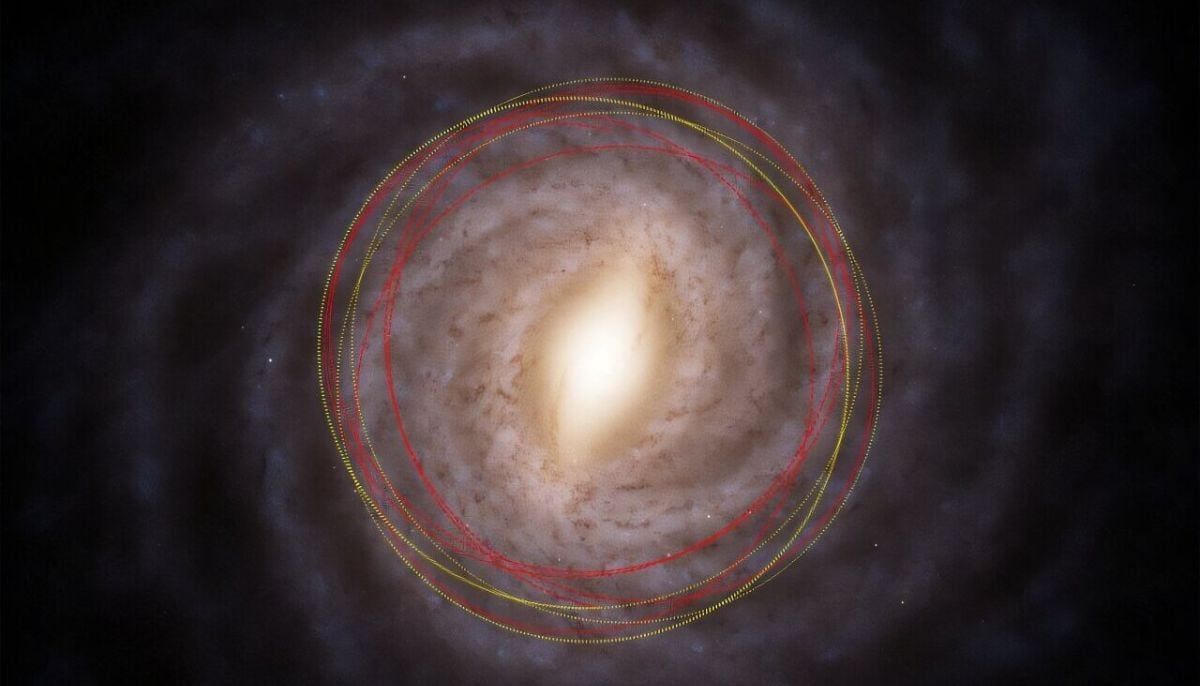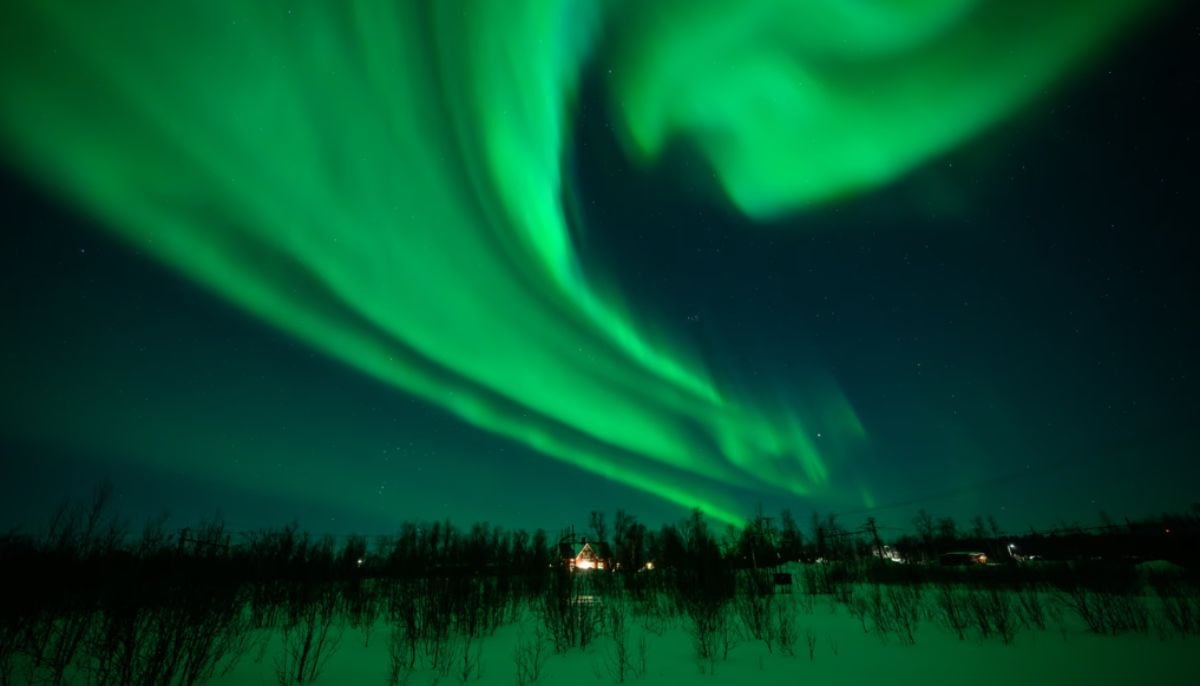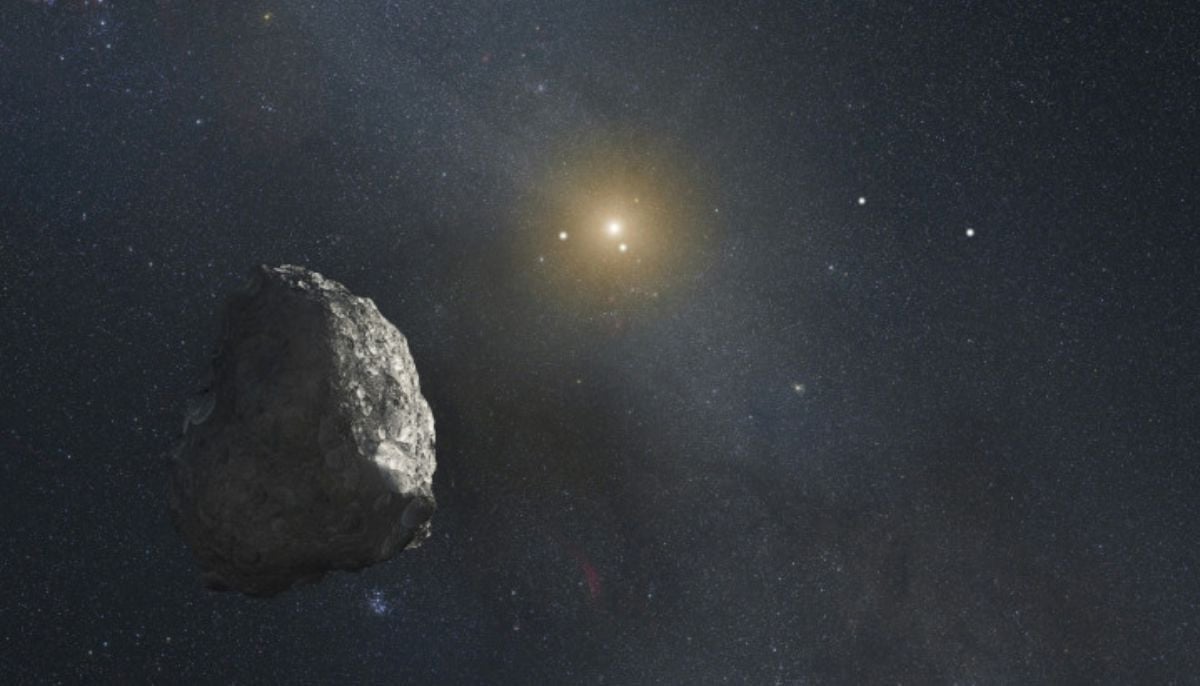New study shows spiral galaxies might have been born as lentil-shaped
A new look at the spiral galaxies proposes an alteration in the galactic evolution
An analysis of the nearby spiral galaxies suggests that they once might have come into being as lenticulars before becoming gigantic elliptical globs.
Spiral galaxies like the Milky Way are thought to design themselves into lentil-shaped or lenticular masses of cosmic matter, astronomer Alister Graham reported in the July Monthly Notices of the Royal Astronomical Society. If correct, Graham’s proposed change in the galactic evolution would rewrite the history of the Milky Way.
“Lenticulars have always been sort of the abandoned stepchild of [galaxy] morphology,” says astronomer Christopher Conselice of the University of Manchester in England, who wasn’t involved in the study.
The stars in the lenticular galaxies protrude in the middle and thins out towards the edges, just like a lentil.
Unlike lenticular galaxies, spiral galaxies have lots of star-forming gas. Scientists are still not sure, why lenticular galaxies don’t follow this phenomenon.
Graham, of Swinburne University of Technology in Hawthorn, Australia, found new clues to this mystery of galaxy evolution by considering black holes.
A supermassive black hole is included in the cosmic matter of most galaxies. At the time when galaxies merge, so do these black holes. This phenomenon makes the mass of a galaxy’s black hole a kind of record of its past collisions.
With the help of Hubble and Spitzer space telescopes, Graham compared the black hole and stellar masses of about 100 nearby galaxies. The black hole mass and the overall stellar mass are usually connected together in a predictable manner for galaxies of the same shape. However, this pattern does not apply to lenticular galaxies.
When Graham took a closer look at the lenticulars, it was found that they are actually two different groups that had been pieced together. One group has lots of interstellar dust and the other does not. This division, which he previously reported in the May Monthly Notices of the Royal Astronomical Society, could have been a prominent aesthetic difference. But the galaxies’ black hole masses do not suggest so.
Both groups of lenticulars have entirely different relationships between their black hole masses and stellar masses, proposing different histories and describing the apparently scattered behavior of lenticular galaxies.
Graham’s new analysis suggests that lenticulars with no dust become spiral galaxies after capturing small ‘’satellite galaxies’’ and different matter mergers nearby, consequently colliding with their black hole masses and taking up surrounding gas.
This led Graham to conclude that spiral galaxies are actually in between the two types of lenticulars.
-
World oceans absorbed record heat in 2025, may trigger intense climate crises, says report
-
February full moon 2026: Snow Moon date, time and visibility
-
Watch: Beautiful northern lights dazzling over Greenland's skies
-
Wildfires are polluting our environment more than we thought: Find out how
-
3I/ATLAS flyby: Why is Jupiter’s 96th Moon drawing intense scientific interest?
-
NASA spacewalk 2026: Medical issue prompts rare talk of early ISS crew return
-
Comet 3I/ATLAS: Scientists examining images they cannot easily explain
-
Wolf Moon 2026: Will the full moon outshine the Quadrantid meteor shower?












